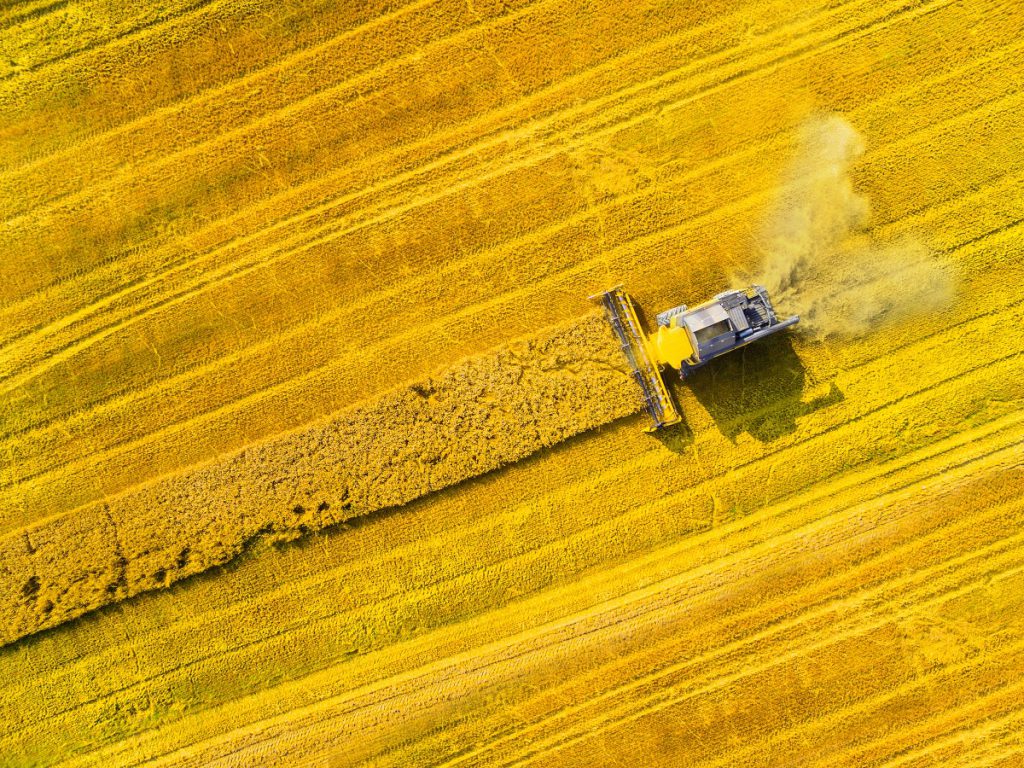
Commodity trading throughout history, pt.2
In the past article, we explored how commodity trading developed within the ancient world, leading to the basis of European commodity trading. Here, we shall discuss how commodity trading went from the Medieval era to our modern era.
As we found out last time, the most basic form of commodity trading arose with agriculture and civilisation. More specifically, it found its roots in Mesopotamia. Commodity trading is fundamentally the basis of all modern trading, as these were the first items to trade. From there on, as agriculture and civilisation spread, commodity trading reached Europe. It is at this point that we will continue our story.
European commodity trading
While some sort of commodity trading would inevitably exist in Europe, it took a while to properly develop. By the late Medieval era (12th to 14th centuries), Europe’s infrastructure began to improve. This also brought more efficiency in the ways people traded. Towns were larger, meaning markets were larger, so selling your items was easier than ever. States also regulated and distributed coins more, further improving the ease of commodity trading.
The most important innovations were in the areas where trade was the heaviest. Therefore, in those areas where innovation was necessary for efficiency. For this, we can look to the Netherlands as a centre for innovation. The Netherlands was a bustling trading centre, being on the sea and right in between many major European powers. It was not a state at this time, but that does not eliminate the importance of the area. Some of the first inventions were the standardisation of reliable scales in the mid 15th century. This meant having to haggle over an item was less necessary, as the price over weight of a commodity was standardised.
European stock exchange
Amsterdam’s central market was terribly busy in the 16th century. The city’s officials created a centre for all commodity trading, which they called the Amsterdam Bourse. This venue allowed for people to use all sorts of contracts for sales. This included forwards and options contracts, among others. This was, essentially, the first modern stock exchange. They originally built it in 1530, although they did later have to rebuild it in 1608. This area further facilitated the growth in trading at the time.
It was in this period that Europeans began to open up new trading routes via the ocean. By doing this, they were finally able to reach far-off valuable markets, like India. The Netherlands was one of the very first European states to reach these markets. So, it was at this time that they established the Dutch East India Company (or the VOC). The VOC was the company that created this new stock exchange, and the new building.
The company offered trading links with the rising Asian market. Additionally, they offered their investors stocks. It was through the purchase of these stocks that the company offered investors profits. The company was originally supposed to liquidate all of the stocks after a certain period. Due to the popularity, the Asian trading market had, however, the company thrived and exists to this day. Instead, the company started giving out dividends to investors, as a form of profit. Additionally, investors could, soon after this, start selling these stocks on a separate market.
As we can see, this was near enough the basis of the modern stock exchange.
American Commodity Exchange
Another period of major innovation came in America, an inheritor of many European financial systems. In the 19th century, America’s economy was also booming. Its new-found access to the Midwest meant its agricultural sector skyrocketed. This was a large portion of very fertile land, so the production of commodities was enormous. Chicago soon grew to be the centre of most trade of this agricultural growth. However, there was no way to control all of this growth at first. This is why they founded the Chicago Board of Trade (CBOT). It standardised the trades of many commodities, like grains, for all markets. They also offered contracts like futures and options. These contracts allowed for the process of exchanging commodities far safer. You did not have to worry that someone would back out of an agreement last minute.
Due to some instability at some point in its history, government regulations had to intervene in 1922. They passed the Grain Futures Act at this point. This ensured the regulation of futures contracts for the board.
In any case, CBOT is one of the oldest modern commodity exchanges and became an example for many exchanges world-over.




